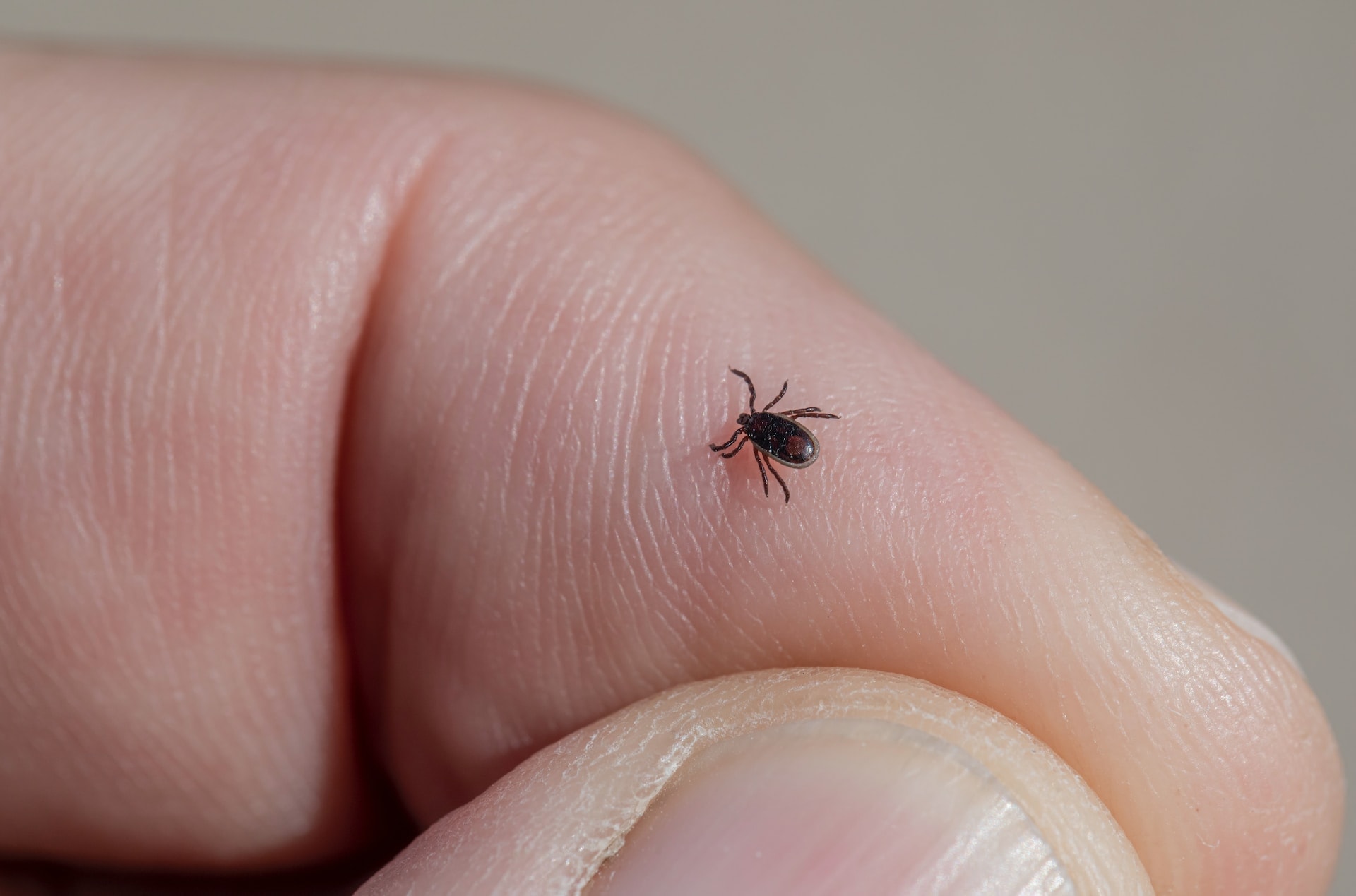
I have two neighbors who developed Lyme disease last year and another who has suffered chronically for more than five years after a tick bite. Are there natural ways to prevent tick bites while still enjoying the great outdoors?
You probably live where there’s a high concentration of ticks that are infected with bacteria, viruses, or parasites that cause such pesky problems as Lyme disease, anaplasmosis, babesiosis, Rocky Mountain spotted fever, ehrlichiosis, and Powassan virus. Infected ticks pass on the offending microbe(s) to humans as they feed. The longer they are attached, the greater the risk of passing on the offensive microbe. For example, infected ticks need to feed for about 36 hours to pass on Borrelia burgdorferi, the cause of Lyme disease, the most common of the 18 tick-borne illnesses in the US.*
Avoiding contact with ticks is difficult if you spend a lot of time outdoors in infested areas. Nonetheless, here are some proven and effective natural precautions that minimize your risk of tick-borne diseases.
Wear protective clothing when going into tick-prone areas. Wear long-sleeved shirts and pants and tuck your pants into your socks or boots to create a physical barrier.
Wash clothing in hot water and dry on hot setting after each potential tick exposure.
Keep the grass around your house short and free of leaf litter. Create a tick-safe zone between wooded areas and your lawn, using gravel or wood chips.
Apply tick repellents to exposed skin and clothing when going into tick-prone areas. Effective natural repellents include essential oils of oregano, cedarwood, clove (bud), red thyme, geranium, lavender, and lemon eucalyptus. Neem oil is a natural insect repellent that can be applied to the skin or mixed with water and sprayed on clothing.
Perform thorough body checks after spending time outdoors, with special attention to the scalp, behind the ears, under the arms, the waistline, and in the webs of fingers and toes. Promptly remove any attached ticks using tweezers, grasping the tick as close to the skin as possible and pulling straight out (no twisting), leaving no tick parts behind.
Apply pet-approved repellents and thoroughly check pets after potential exposures.
Encourage natural tick predators (birds, chickens, guinea fowl) to help control the tick population in your immediate environment. Always dilute essential oils with a neutral oil such as coconut or almond and do a patch test before widespread application. We recommended the wholistic, multipronged approach that combines the above measures rather than relying on any one of them alone. Please be sure to talk to your local doctor who knows your personal health history and the situation in your community that puts you and your family at risk for tick bites. We are blessed with the great outdoors, but will have risks until we have a new earth. Maranatha!
* https://www.hhs.gov/sites/default/files/tbdwg-2020-report_to-ongress-final.pdf